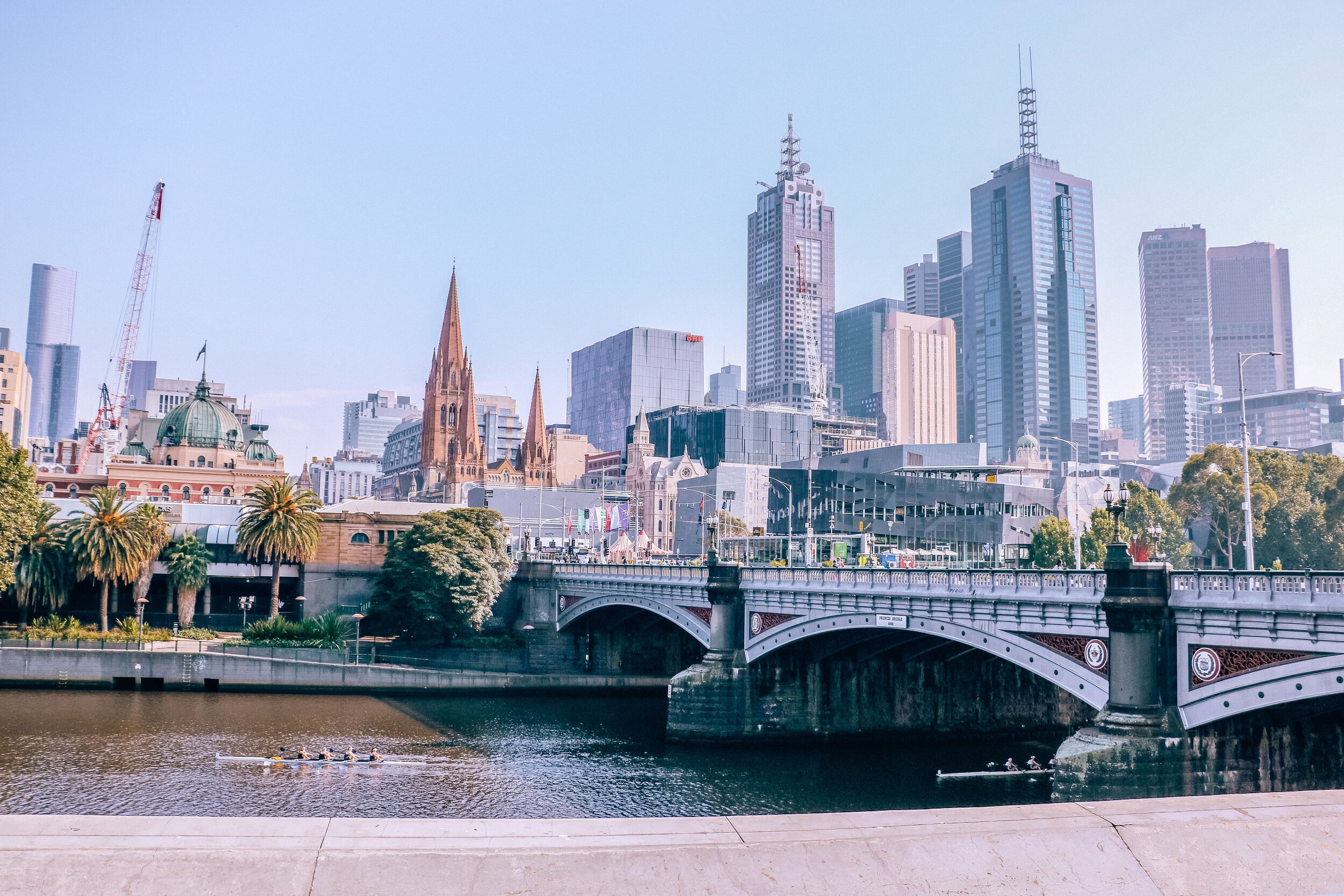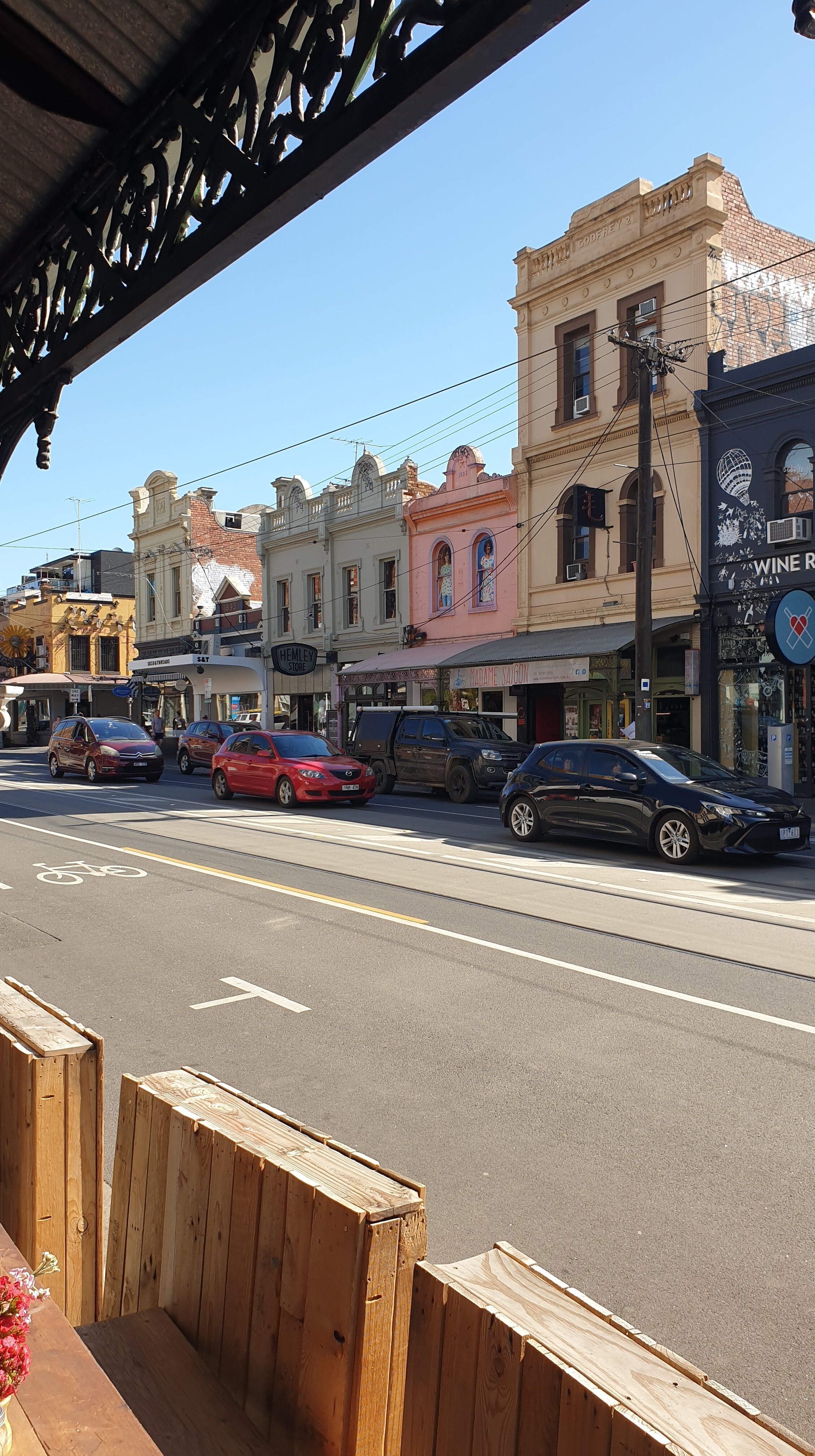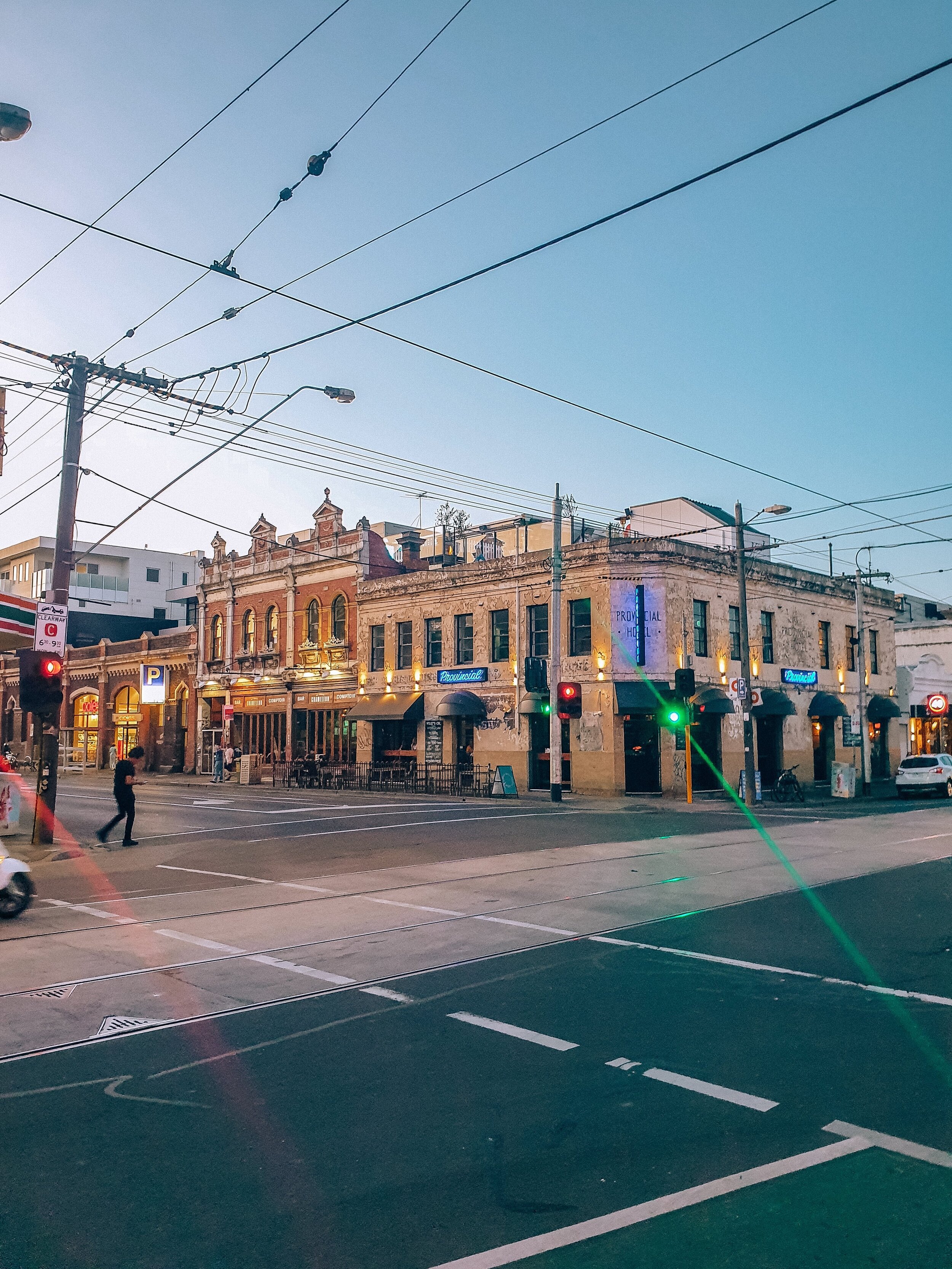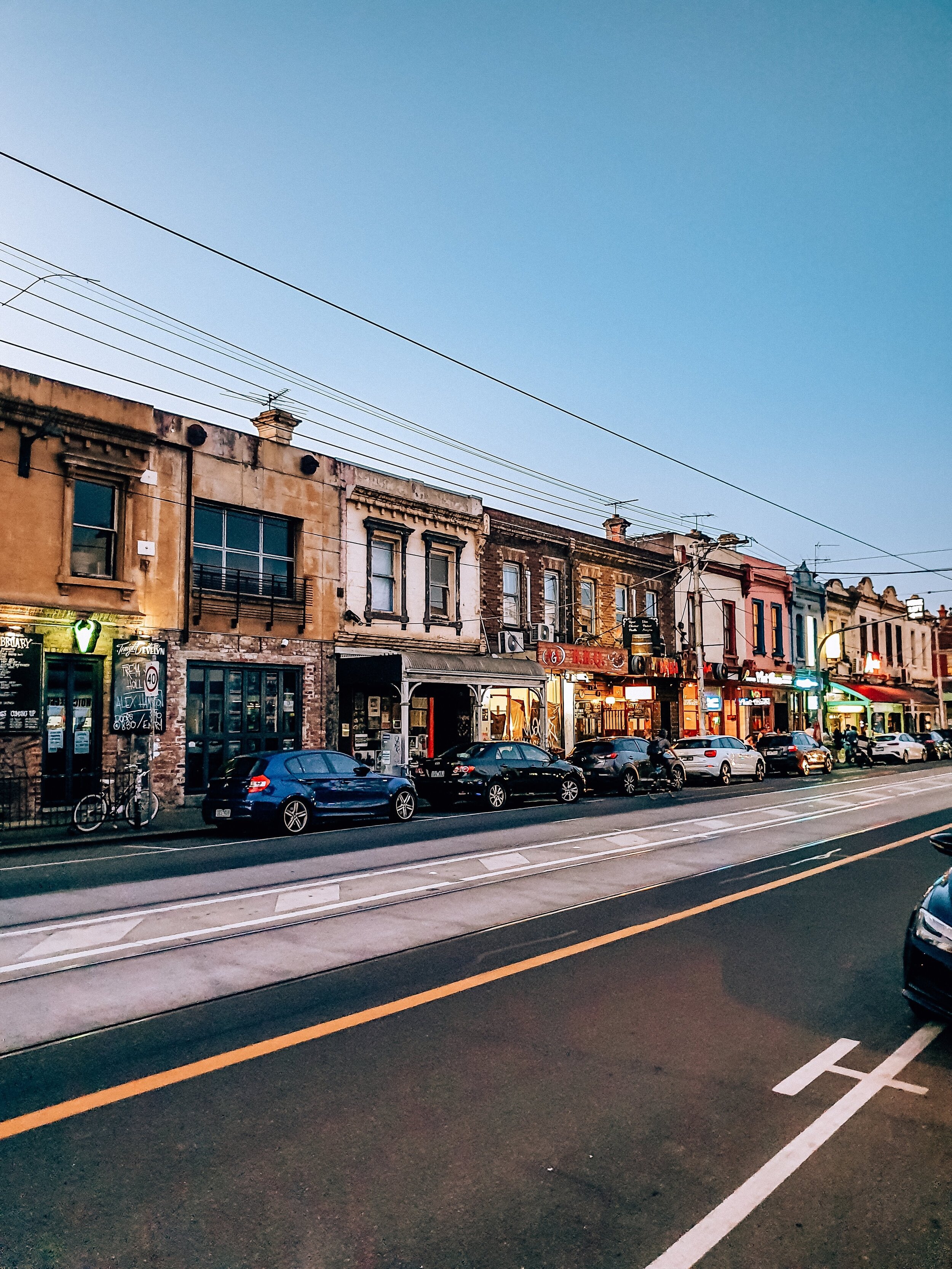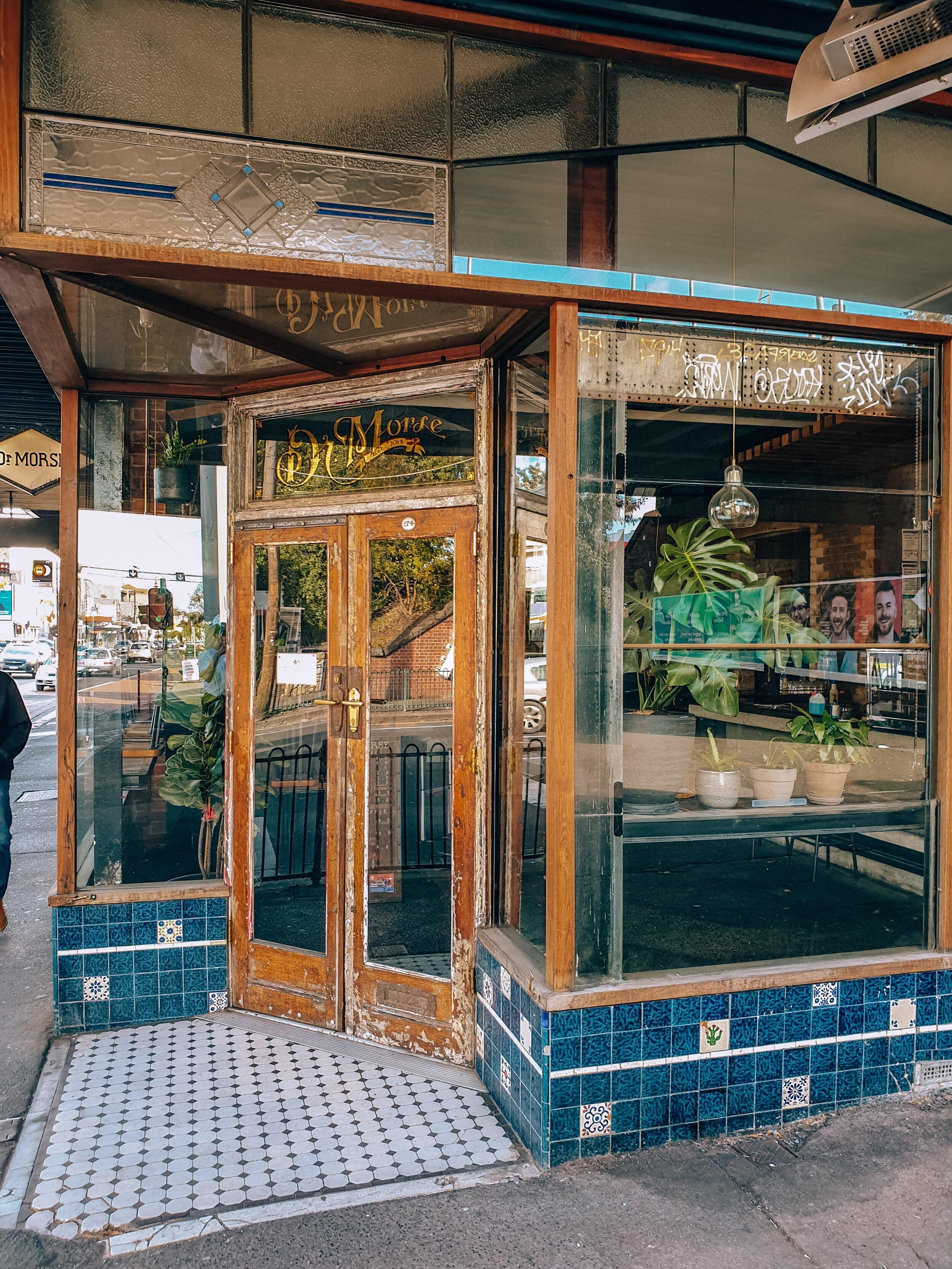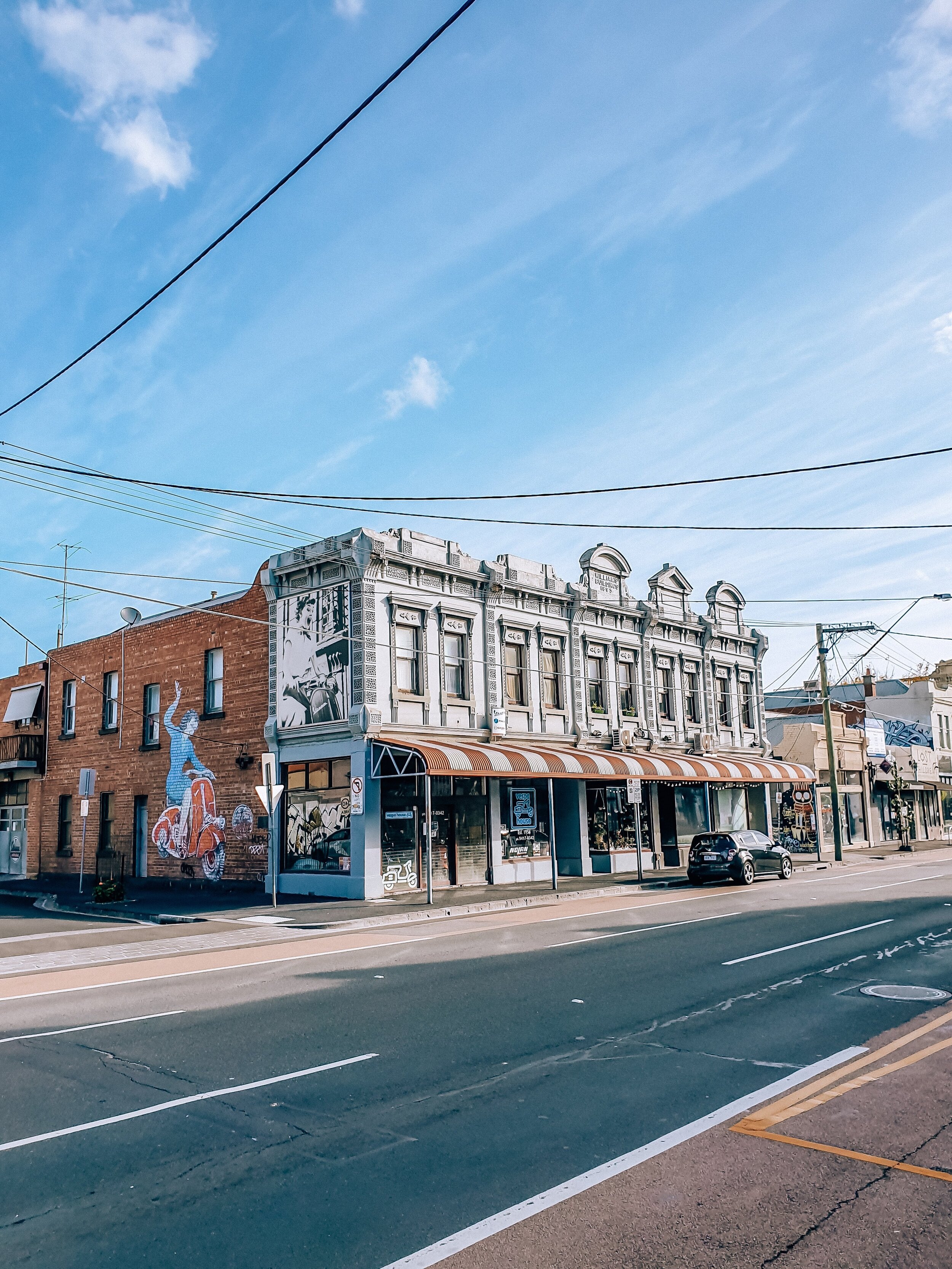Disclosure: This post may contain affiliate links, which means I may receive a commission if you click a link and purchase something. While clicking these links won't cost you anything, they will help me to keep this site up and running! Check out the full disclosure policy for more details. Thank you so much!
Melbourne, Australia is the cultural capital and second biggest city in Australia. It’s location on the south coast of Australia, it’s more temperate climate, it’s business hub and its culture, make it a popular city to move to for Australians and foreign residents alike. Not to mention the fact that it has been consistently voted the most liveable city in the world for 7 years running - until 2019 when it dropped to 2nd place behind Vienna, Austria! But with 14 inner city suburbs and over 300 suburbs in Greater Melbourne area, it can be a tough task to decide where to live in Melbourne.
I’m a British citizen who moved to Melbourne in 2019 with my American partner. We’re both in our late 20s and early 30s and decided on Melbourne because of its vibrant cultural scene, its young and liberal associations and liveability.
We were initially overwhelmed by the choice and despite doing out research, numerous articles and surveys were telling us conflicting results. So, how do you decide where to live in Melbourne, Australia?
If you’re looking for house hunting or job hunting tips then you might like: Australia Working Holiday Visa Guide
You might also like: 3 Days in Melbourne Itinerary.
This post may contain affiliate links, which means I may receive a commission if you click a link and purchase something that I have recommended. While clicking these links won't cost you anything, they will help me to keep this site up and running! Thank you so much!
Where to start?
Start by listing your priorities.
Perhaps you already have a job lined up and it’s in a specific area of the city, if it’s not in the CBD, transport between outer suburbs isn’t always great so you might want to consider living in the suburb where your job is located or in the surrounding suburbs for walkability.
Since you’re on a working holiday visa, you’re probably a young person or couple looking for a lively neighbourhood to meet new people. You’ll want to look for suburbs with great livability with their cafes, restaurants, bars and culture.
And as a working holiday visa holder, I’m also assuming you’re on a budget. Melbourne is not a cheap place to live regardless of which suburb you’re in, but your budget may impact the suburb you pick and how close to the city centre you live. Equally, it’s worth bearing in mind that your rent will be shared between others if you live in a shared house. This allowed us to live in what would usually be a more expensive area because 4 of us are sharing a house and all the bills.
Consider how important transport links are or whether you’re happy to walk or cycle. Remember this can save money but can also be restrictive if you want to make the most of your time in Melbourne.
Consider what you need and want and make a list of those. This will help you narrow down which suburb is best for you.
What attracted you to Melbourne
Melbourne has lots of positives so the easiest way to figure out what suburb you want is to match what attracted you to Melbourne with what your list of priorities are which you made above.
Perhaps that’s the bars and cafes, maybe the green space and cycle tracks, perhaps it’s the beach or maybe the great art galleries, markets or alternative vibe that the city has to offer.
Compare the lists to pick what’s most important for you to get out of Melbourne.
For me, I wanted to live somewhere young and lively, with lots going on and to meet new people. I also needed to be in a commutable distance from the CBD for work. The Fitzroy, Collingwood and Fitzroy North area has loads of bars, breweries, cafes, markets, brunch spots, vintage shops, art galleries and parks, as well as direct tram routes into the city. These were the areas I ultimately narrowed my housing search down to.
Research the suburbs
I did heaps of research into specific suburbs and what really helped me was the Melbourne Suburb Liveability Rankings. Domain is the biggest housing search website in Australia and their rankings are used in cities across Australia. They rank on everything from schools and green spaces to walkability to transport, traffic congestion and social and cultural aspects.
Read local guides, posts, articles and blogs to get a local’s perspective on the suburbs you’re interested in, rather than an outsider perspective.
Talk to people who already live in Melbourne
Talk to people who have lived in Melbourne. This was invaluable to me. I spoke to people who had also been to Melbourne on a working holiday visa, so they were a similar age to me and with similar interests, so they were able to tell me where they lived, why they picked that area and what they deemed to be the best suburbs to live in.
If you’re not sure how to meet people who live here already and you don’t know anyone personally, join some groups online. I joined travel groups like ‘Girls Love Travel’, and the ‘Poms of Melbourne’ Facebook group and asked for advice. My partner joined an ‘Americans in Melbourne’ group and asked similar questions. Talking to people who have made the same move as you is also really reassuring and settles some of those anxieties and fears about the initial move.
Have a trial stay in your top suburb choices
If you’re on a working holiday visa then chances are you’ll be staying in a hostel or some sort of temporary accommodation when you arrive in Melbourne to give you a base while you search for a place to live and a job.
We stayed in 3 different suburbs/areas during our first month, in order to figure out which one we liked the most. Staying locally and exploring the local bars, cafes, markets, amenities and the neighbourhood vibe is really helpful.
It actually really helped us cross 2 neighbourhoods off our list and focus on one area we loved.
Don’t get fixated on one suburb
The great thing about Melbourne is that the suburbs are pretty small, especially nearer the CBD. So if you love one suburb but you’re struggling to find suitable housing, widen your search to the surrounding suburbs, chances are you’ll still be within walking distance of everything you loved about the initial suburb you chose.
We really loved Fitzroy and wanted to live there. But it’s a popular place and demand is high. We widened our search to Fitzroy North, Collingwood, Carlton North and Clifton Hill and that’s how we found our current house. We’re actually just one street over from Fitzroy and into Fitzroy North.
Which Melbourne suburb is best to live in if you’re on a working holiday visa?
In my opinion there is no right or wrong answer, but there are definitely some standout choices to make the most of your visa time in Melbourne.
Fitzroy
The first suburb we stayed in when we arrived. We stayed at The Nunnery Hostel in Fitzroy and it was a great location, we learnt so much about the area. Brunswick Street is the standout and we spend a lot of time in the restaurants, bars and cafes. This is a great location for vegetarians, vegans, vintage clothes lovers and those looking for a lively community. Trams 11 and 96 run straight through the neighbourhood to the CBD.
Fitzroy North
Our current home and only one street over from the famous Brunswick Street in Fitzroy but considerably less competition for housing than in Fitzroy. We have Edinburgh Gardens right nearby for loads of green space, the 11 and 96 trams also run straight through our neighbourhood and we;re within walking distance to everything we loved in Fitzroy.
Collingwood
Located right next to Fitzroy and with the same edgy alternative vibe. We loved Collingwood for the same reason we loved FItzroy, plus it has some of the best breweries in Melbourne - Stomping Ground, The Mill Brewery, Molly Rose Brewery and Bodriggy Brewing Company.
Housing is slightly cheaper with the ‘up-and-coming’ vibe of the area. The 86 tram runs straight through the suburb to the CBD.
Carlton North
Carlton North sits right to the west of Fitzroy North and is also another great alternative to be near the action of Fitzroy and Lygon Street which is to the north of the CBD. While Carlton is a very student-heavy area, Carlton North does escape that a little.
Abbotsford
Abbotsford is east of Collingwood and while it’s further from the city, ti does also boast more of the great breweries, some great cafes and brunch spots on Nicholson Street and it borders with Yarra Bend Park: a huge green area with cycling and walking trails, rowing boat rentals and a golf course! We like it because it still has the young, lively and alternative vibe but with cheaper rent as it’s slightly further out.
Richmond
We actually put an offer on a house here before our house in Fitzroy. It’s also another suburb we stayed in to get a feel for the area, we stayed at the Richmond Hill Hotel which we loved! Richmond is a really fun and lively suburb. While it doesn’t feel as alternative as Fitzroy or Collingwood, it’s definitely young and lively with plenty going on on Swan Street and really nearby access to the city.
Hawthorn/Hawthorn East
Similarly to Abbotsford, Hawthorn/Hawthorn East is a bit further out so you’ll have distance to consider, but it’s right next to Richmond and Collingwood, plus rent costs will be cheaper as you’re further out of the city. Hawthorn is pretty awesome all-round for culture, cafes, shops and a fun, young vibe.
South Yarra
Voted the number 1 overall suburb in the 2019 rankings of Melbourne suburbs. South Yarra is always so lively and has plenty going on, especially when you head to Chapel Street. Transport links are great to the CBD and other places like St Kilda or the northern suburbs.
St. Kilda
We also tried living here for a while, living by the sea was something we thought we’d love. St. Kilda is the hippy, chilled out, travellers area of the city with lots of independent stores, plus the famous Luna Park and Palais Theatre.
We stayed at Habitat HQ hostel. While the beach isn’t the most beautiful beach you’ll ever see, the vibe is fun and we still like to go there for a weekend and drinks by the water.
Don’t miss the pier and the St. Kilda penguins.
South Melbourne
One of my other favourite suburbs is South Melbourne. We saw several houses here and although none worked out for us, we loved the suburb’s laidback vibe. There are plenty of bars, cafes, restaurants and cool shops, not to mention the awesome South Melbourne Market (which I actually prefer to the QV Market). Plus this suburb is super close to the CBD and with amazing transport links to the city and also the 96 tram straight down to St Kilda. I always love to head over here for a chilled out Sunday.
Footscray
This is another suburb I had recommended to me several times, and the only one in the west of Melbourne. While we didn’t find a suitable place, Footscray has some of the lowest average housing prices this close to the city. There are also plenty of bars, cafes and restaurants and plenty of train services into the city from Footscray station.
Clifton Hill
Another suburb right next to us in Fitzroy North. We love the independent grocers and retailers on Queens Parade and there’s some awesome outdoor spaces too.
The streets are very residential and quiet in the traditional Victorian style. While you might be put off thinking it’s not as lively as other places, the 86 tram runs through Clifton Hill and just two stops away is the vibrant Smith Street in Collingwood.
Northcote
Another one on the 86 tram route and further north than Clifton Hill. But Northcote High Street is always buzzing with things to do; loads of restaurants and bars, vintage and op shops as well as cafes and independent stores. We went to a gym here for the first few months we lived in Melbourne and always loved hanging out here afterwards.
I hope this guide gives you some useful information about suburbs in Melbourne. Feel free to reach out to me with any questions you might have. We searched for almost 6 weeks to find the perfect place to live and we know it can be harder for a couple, but don’t give up, you’re going to love it!
Like it? Pin it!
Flights: I use Expedia to find great flights and the best deals all over the world, they have regular sales and offers so I always check their website. I also check CheapOair to find cheap deals on round trip flights.
Car Rental: I love the customer service I've always gotten and the variety of options with Rental Cars. But for short notice rentals, I've been using Expedia for the last year, they always seem to have great one-day rates or last-minute rates from the main rental companies.
Accommodation: I prefer the flexibility of booking accommodation with Booking.com so I can cancel or change my reservation without a fee or only pay on arrival for most properties. For longer or more unique stays I prefer AirBnB because you can get the long stay discount, you can also find more unique properties and book experiences with talented locals and businesses. For my budget trips, I always stay in hostels and book through Hostelworld because they have great guarantees if anything does go wrong. If you arrive and your booking is not at the property, they refund the full deposit AND give you $50 extra credit.
Tours and organised trips Although I don’t use tours that often, I do like to book local experiences or day trips once I reach my destination. For that I use GetYourGuide because it has the biggest selection and variety of tour and experience options.
Travel Insurance: I currently use SafetyWing Nomad Insurance. Which allows me to pay a rolling monthly fee to cover my long term travels.
My camera gear and equipment: I use a Canon 77D with an 18-135mm lens or a 50mm lens. And a DJI Mavic Mini Drone. For all my gear including laptops, tripods and more camera accessories read my travel photography gear guide.
